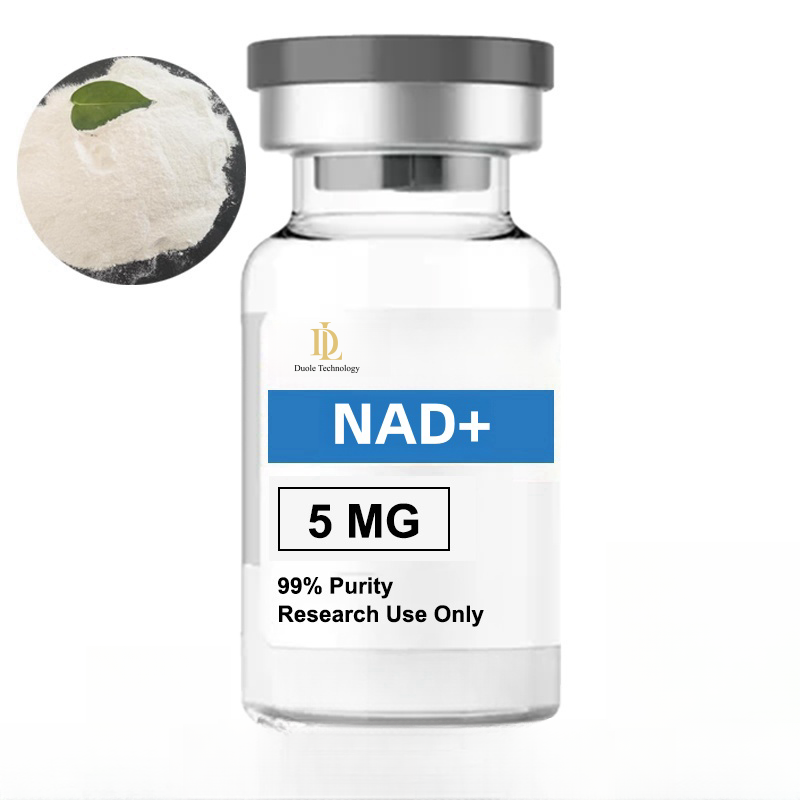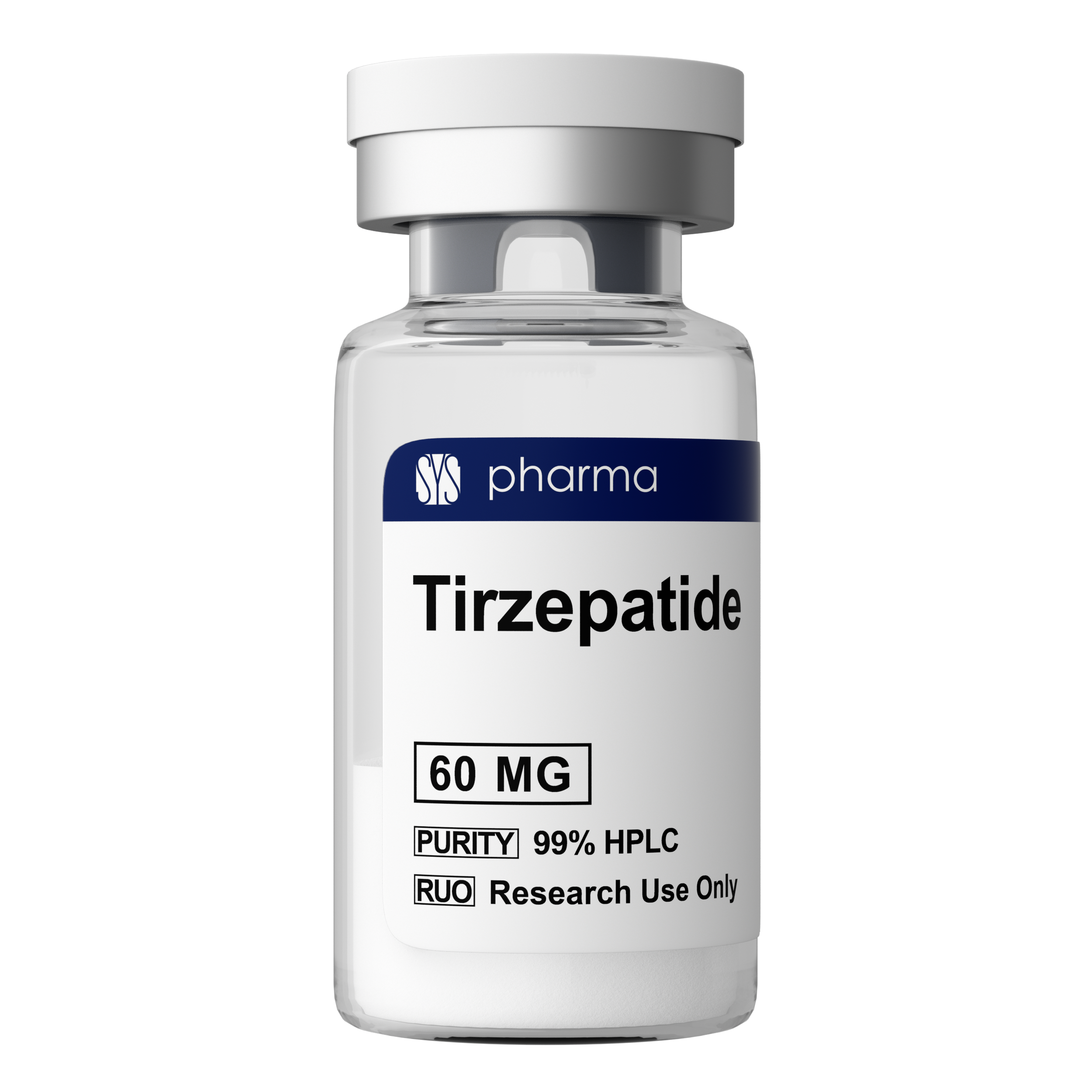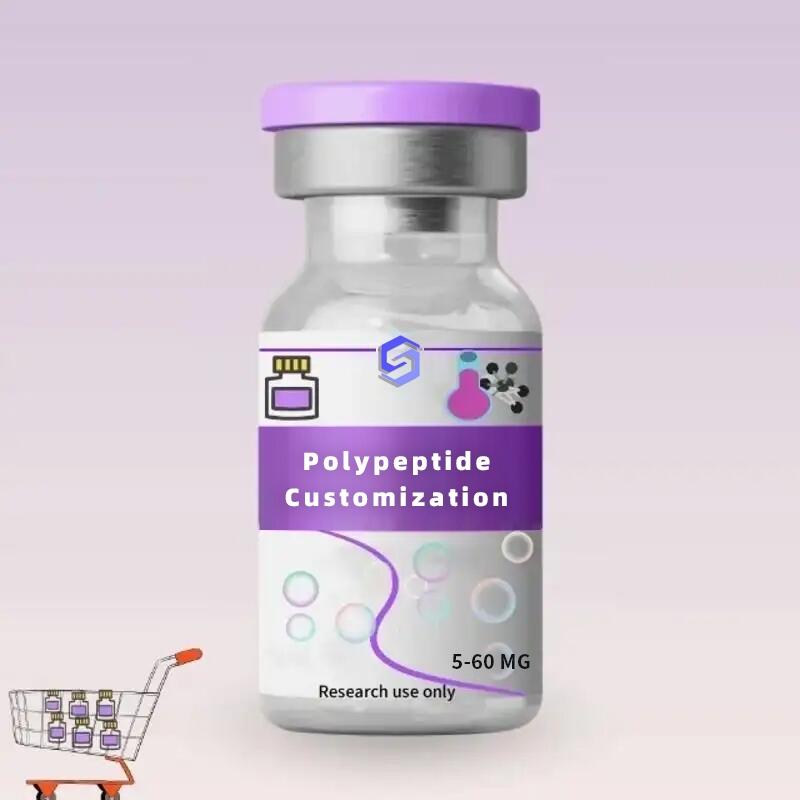-
Categories
-
Pharmaceutical Intermediates
-
Active Pharmaceutical Ingredients
-
Food Additives
- Industrial Coatings
- Agrochemicals
- Dyes and Pigments
- Surfactant
- Flavors and Fragrances
- Chemical Reagents
- Catalyst and Auxiliary
- Natural Products
- Inorganic Chemistry
-
Organic Chemistry
-
Biochemical Engineering
- Analytical Chemistry
-
Cosmetic Ingredient
- Water Treatment Chemical
-
Pharmaceutical Intermediates
Promotion
ECHEMI Mall
Wholesale
Weekly Price
Exhibition
News
-
Trade Service
1H-1,2,4-Triazole-3-carboxamide, 5-[[(2-aminoacetyl)amino]methyl]-1-[4-chloro-2-(2-chlorobenzoyl)phenyl]-N,N-dimethyl-, hydrochloride (1:1) is a chemical compound that is commonly used in various industrial processes.
In this article, we will take a closer look at the production process of this compound, including the raw materials, manufacturing methods, and quality control measures.
Raw Materials Used in the Production Process
The production of 1H-1,2,4-Triazole-3-carboxamide, 5-[[(2-aminoacetyl)amino]methyl]-1-[4-chloro-2-(2-chlorobenzoyl)phenyl]-N,N-dimethyl-, hydrochloride (1:1) requires several raw materials, including 1,2,4-Triazole-3-carboxylic acid, melting point 240-242°C (S05029), 5-[[(2-aminoacetyl)amino]methyl]-1-[4-chloro-2-(2-chlorobenzoyl)phenyl]amine (S05368), and N,N-dimethylacetamide (S05392).
These raw materials are carefully selected to ensure that they meet the required chemical specifications and are compatible with the manufacturing process.
Manufacturing Methods
The production of 1H-1,2,4-Triazole-3-carboxamide, 5-[[(2-aminoacetyl)amino]methyl]-1-[4-chloro-2-(2-chlorobenzoyl)phenyl]-N,N-dimethyl-, hydrochloride (1:1) involves several steps, including synthesis, purification, and formulation.
Synthesis: The synthesis of 1H-1,2,4-Triazole-3-carboxamide, 5-[[(2-aminoacetyl)amino]methyl]-1-[4-chloro-2-(2-chlorobenzoyl)phenyl]-N,N-dimethyl-, hydrochloride (1:1) involves the reaction of 1,2,4-Triazole-3-carboxylic acid, melting point 240-242°C (S05029) and 5-[[(2-aminoacetyl)amino]methyl]-1-[4-chloro-2-(2-chlorobenzoyl)phenyl]amine (S05368) in the presence of a solvent, such as N,N-dimethylacetamide (S05392), to form the desired compound.
Purification: After the synthesis process, the product is purified to remove any impurities that may have been introduced during the manufacturing process.
This purification process involves several steps, including recrystallization, chromatography, and distillation.
Formulation: Once the product has been purified, it is formulated into the desired dosage form, such as a tablet or capsule.
This process involves mixing the purified product with other ingredients, such as excipients and lubricants, to create a stable and effective formulation.
Quality Control Measures
To ensure the quality and efficacy of 1H-1,2,4-Triazole-3-carboxamide, 5-[[(2-aminoacetyl)amino]methyl]-1-[4-chloro-2-(2-chlorobenzoyl)phenyl]-N,N-dimethyl-, hydrochloride (1:1), several quality control measures are implemented during the production process.
Chemical Tests: Various chemical tests are performed on the product to ensure that it meets the required specifications, including tests for identity, purity, and potency.
These tests are performed at various stages of the manufacturing process, including







